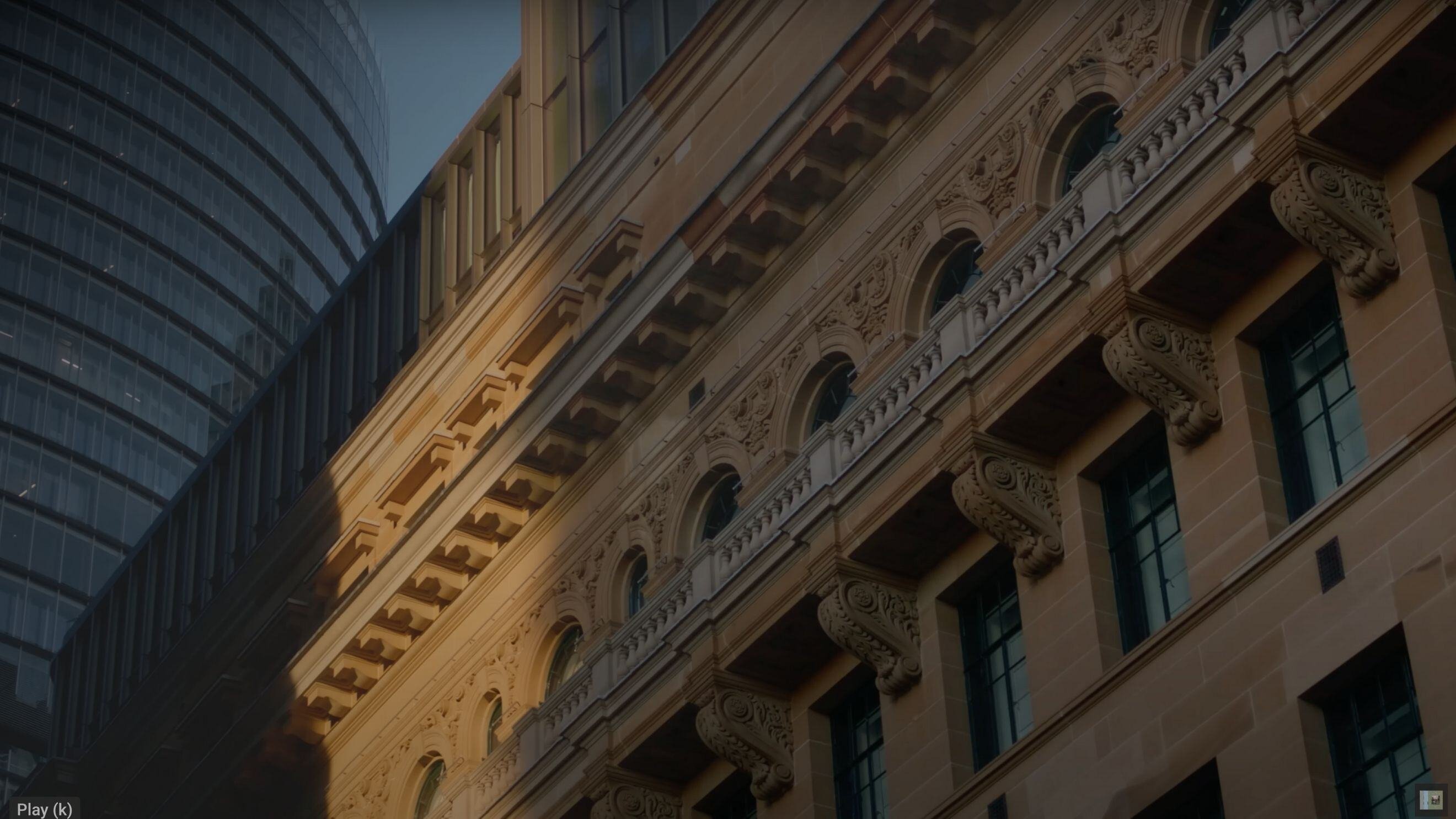Commercial Property Insurance: A Comprehensive Guide for Landlords

Commercial property insurance is a crucial investment for landlords to protect their assets from potential disasters and mitigate risks associated with property ownership. This guide will explore the key aspects of commercial property insurance, its importance, and how landlords can optimize their coverage.
Understanding Commercial Property Insurance
Commercial property insurance is a policy that protects business owners and landlords from financial losses related to their property and its contents. This coverage typically includes protection against:
- Fire damage
- Natural disasters (e.g., storms, floods)
- Theft and vandalism
- Accidental damage
For commercial landlords, this insurance is essential to safeguard their investments and ensure financial stability in case of unexpected events.
If you are renewing your insurance, feel free to check your previous insurance documents against your new one to catch any differences you missed out on by using our Insurance Assistant.
Key Components of Commercial Property Insurance
1. Building Coverage
This covers the physical structure of the property, including:
- Walls, floors, and roof
- Built-in systems (e.g., HVAC, plumbing, electrical)
- Permanently installed fixtures
2. Contents Coverage
Protects items within the property, such as:
- Furniture and equipment
- Inventory
- Tenant improvements and betterments
3. Business Interruption Coverage
Compensates for lost income if the property becomes uninhabitable due to a covered event, including:
- Lost rental income
- Temporary relocation expenses
4. Liability Protection
Covers legal expenses and damages if someone is injured on the property, including:
- Slip and fall accidents
- Property damage claims
Importance of Commercial Property Insurance for Landlords
- Asset Protection: Safeguards your investment from potential financial losses due to property damage or destruction.
- Legal Compliance: Many jurisdictions require commercial property owners to carry insurance. Property management software can help track compliance requirements and deadlines.
- Tenant Attraction: Demonstrates responsible ownership, making your property more attractive to potential tenants.
- Financial Stability: Provides a safety net against unexpected expenses and loss of rental income.
Optimizing Your Commercial Property Insurance
To ensure adequate coverage and minimize risks, consider the following strategies:
- Regular Property Valuations: Conduct periodic assessments to ensure your coverage aligns with the current property value.
- Risk Mitigation: Implement safety measures and maintenance protocols to reduce the likelihood of claims.
- Policy Review: Regularly review and update your policy to address changing needs and market conditions.
- Tenant Requirements: Establish clear insurance requirements for tenants to minimize gaps in coverage.
- Bundling Policies: Consider combining multiple insurance policies for potential cost savings and comprehensive coverage.
Conclusion
Commercial property insurance is an essential tool for landlords to protect their investments and ensure long-term success. By understanding the key components of coverage and implementing strategies to optimize protection, landlords can navigate the complexities of property ownership with confidence.